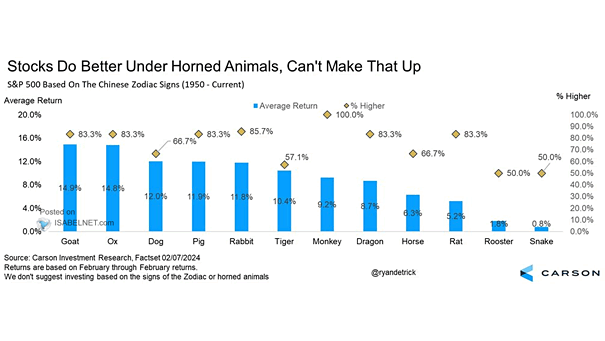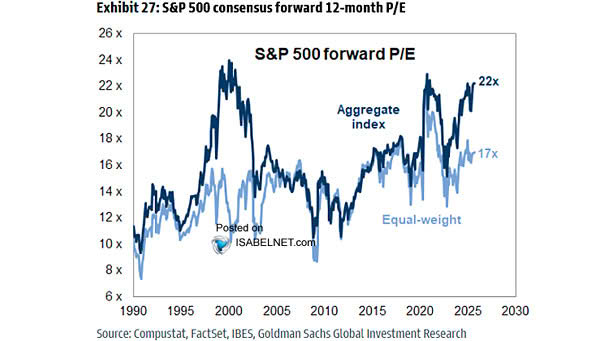S&P 500 Index Return and Zodiac Signs
S&P 500 Based on the Chinese Zodiac Signs While it is not advisable to invest solely based on zodiac signs, the year of the Snake has historically been one of the worst for U.S. stocks. Since 1950, Snake years have seen an average increase in stock value of only 0.8%. Image: Carson Investment Research


